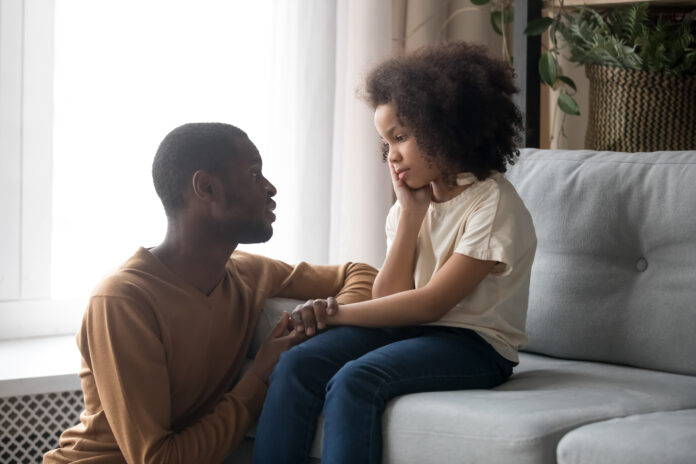Students, parents and teachers most likely all would rather have face-to-face instruction, but a return to the classrooms depends on what’s best and safest for individual school districts, a spokesperson for the Missouri State Teachers Association said.
“It really depends on the ability of the district and teachers to teach virtually versus in person and how they feel about the safety and security of the students,” Todd Fuller, MSTA marketing and communications director, told The Center Square.
The organization advises school districts to follow the science to make reopening decisions and to give teachers a say or input on those decisions. Teachers weren’t consulted on in-person instruction plans in some Missouri school districts, Fuller says.
“There’s going to be frustration on the part of parents, and there’s going to be frustration on the part of teachers, and kids are going to be discouraged, understandably,” Fuller said.
“Every district is going to have to work through what is best for those kids in that district,” Fuller said. “And what’s going to keep them safe as well as the, not just the teachers in the district, but all education personnel: the cooks, the custodians, administrators, paraprofessionals.”
MSTA has compiled an ongoing list of resources for teachers returning to face-to-face instruction, Fuller says. The teachers’ organization also wrote a school district policy it suggests is necessary and helpful not just during the current pandemic, but also for any future crises. Personal leave and time off are some key issues the suggested policy covers.
The issue of defining a teacher as an essential worker will be controversial in many school districts.
If a student is confirmed to have the coronavirus and is sent home, classifying teachers as essential workers could keep them in the classroom in this situation if they are asymptomatic as long as they don’t show signs of being sick and if they were a mask.
“And that’s going to be a point of contention as that’s brought up from district to district,” Fuller said.
“We all want kids back in the classroom because we know that there are kids falling through the cracks,” Fuller said.
Fuller says teachers in the MSTA know not all students have the technology they need for remote learning at home.
“We know that there are kids that aren’t attending online courses. But at the same time when kids go back to in-person learning, it needs to be done safely,” Fuller said.
Originally published by The Center Square. Republished with permission.








